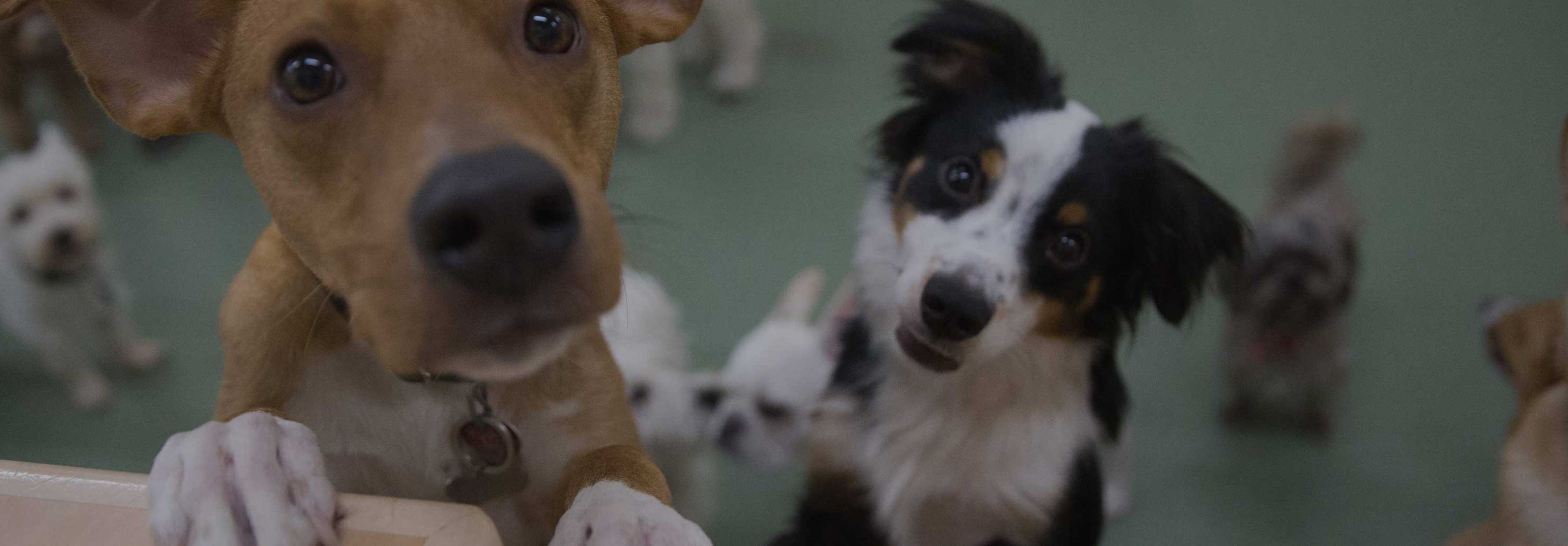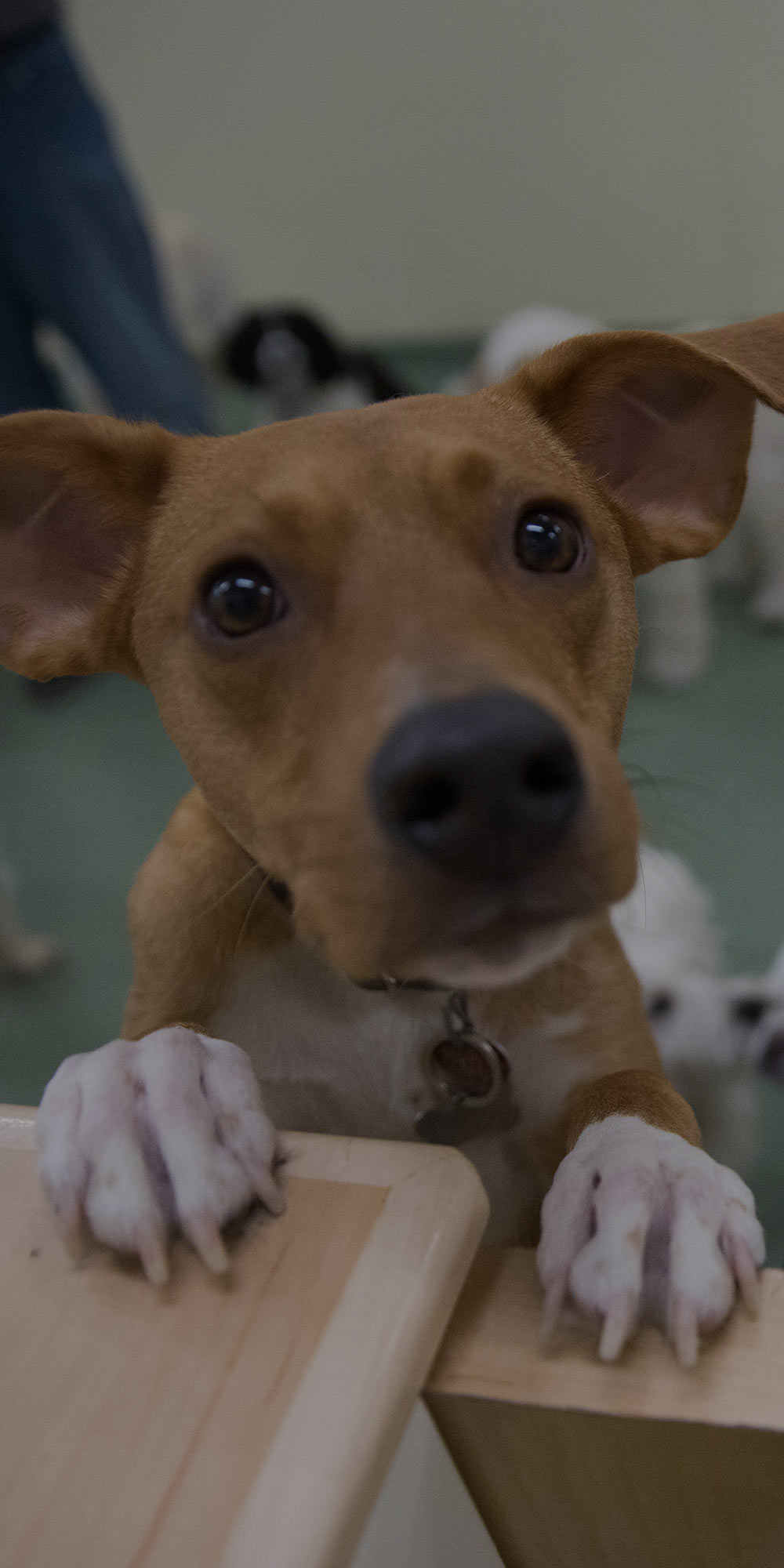Training Tips and Tricks: Dog Communication – Why we Use Both Verbal Cues and Hand Signals
Do you ever look at your dog and think, “This is too hard! It’s like we’re speaking a different language!”
If you’ve ever had that thought or something similar, you’re exactly right! Dogs communicate primarily through body language, and it’s up to us to help translate what we want them to do into English (or whatever language you’d like to train your dog in!)
In dog training, we generally teach cues with both a hand signal and verbal cue. Because dogs understand body language much better, we use hand signals to help show them what we want, then once they understand we add what we call the “verbal cue” or the word to help them pair the action with the word.
We always compare training a dog to learning a new language.
If someone walked up to you and started repeating the same word in a foreign language, gradually getting louder and louder until they were yelling, would that help you understand what they’re trying to say? Probably not!
But, if that person said the word once very slowly and clearly, then showed or demonstrated what it meant, you would be able to pair that word with that action and understand what it means. Dogs are the same way!
If you ever feel yourself getting frustrated with your dog, just remember how hard it is to learn a new language even as a human!
Take it slow, be patient, and be consistent. It can take years for humans to be fluent in a new language, and we need to set realistic expectations with our dogs as well.





